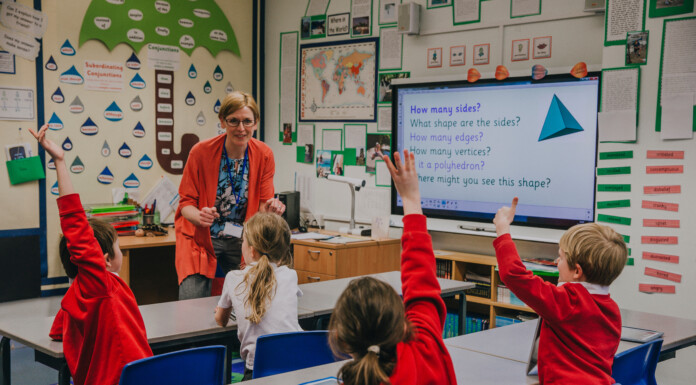Yesterday’s editorial suggested at least some aspects of the new government’s education policies look promising, focusing primarily on what will be the [believe it or not] new requirement for every primary and intermediate school to teach all classes one hour each of reading, writing, and maths every day.
Whether this will arrest and reverse the decades-long decline in children’s academic achievement remains to be seen, but something clearly has to change. As Albert Einstein once observed, “The definition of insanity is doing the same thing over and over again but expecting different results.”
Another change that’s almost certainly positive is a mandated move away from the current “whole language” or “balanced literacy” approach, which encourages children to work out new words from their contexts and has an emphasis on using different teaching methods depending on individual children’s perceived needs.
Although such an apparently bespoke approach seems like a nice idea, it’s clearly not working for far too many students – in fact, around 25 per cent of them, who are more likely to be Māori, Pasifika, from lower socioeconomic groups, or to have a learning disability.
Instead, National has decreed that schools will need to teach kids “structured literacy”, which takes a much more systematic approach and – unlike “whole language”, which appears to have been based more on an educational academic’s flight of pedagogical and ideological fancy than real-world evidence of effectiveness – is actually supported by a growing body of scientific research.
This seems like a very good start – although there’s sure to be a lag in this being implemented, as a large number of teachers will need to be gotten up to speed on some of the basic rules of how language really works, so they can then relay this to their classroom charges.
Perhaps we will also soon see students being required to learn their multiplication tables again. What used to be a standard practice was phased out some years ago, apparently due to an ideological aversion to ‘harmful’ rote learning that was underpinned by the absolutely dunderheaded idea that it was a waste of time because kids were always going to have a calculator within easy reach. If you’ve ever watched a youngish retail worker struggle to work out the change from $10 for a $6.90 purchase, you’ll have a shrewd idea about how well that’s turned out.
More standardised testing also appears to be waiting in the wings. Which again, good. It’s a truism that what isn’t measured cannot be managed. If the progress of students isn’t closely tracked – against their peers in the classroom, across the country, and internationally – then we’re robbed of our ability to put more resources where they’re required or to even change course entirely.
This seems sure to be an initiative that’s resisted by education unions. For example, NZEI Te Riu Roa – which touts itself as “the most powerful education union in Aotearoa” – says this testing approach “cannot provide a comprehensive measure of educational achievement and can disadvantage already disadvantaged students, increasing educational inequity. At worst … it can lead to a narrowing of the curriculum and ‘teaching to test’.”
Perhaps so. But then again, perhaps organisations that have held such sway over NZ’s declining education sector for so long might just be a little bit self-interested when it comes to identifying the solutions?


